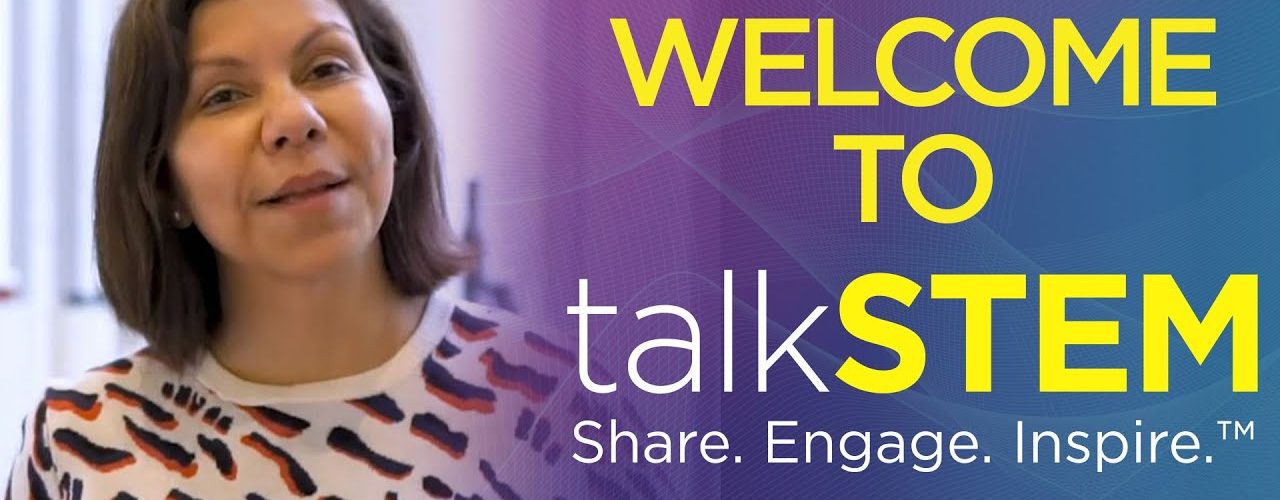Students began the chemistry unit with a review of the structure of an atom and the basic organization of the periodic table. Standard stuff for a middle school physical science unit right? In order to generate enthusiasm beyond the predictable, students had a choice of three projects to delve deeply into. Two of these were STEM projects and one was an inquiry-based lab. The challenge for the STEM projects was to build a homemade water filter or a lava lamp. Both projects had a constraint of $15 and had to be built during class time. The inquiry lab was an exploration of pH.
The kids love it when they have choices. Each choice had some intriguing aspect, building or lots of test tubes and colors! Technology alone doesn’t always cut it with these kids; they like to get their hands dirty. The lab has been a mess for weeks now. Beakers, pipettes, sand and soil, filters, oil, wax, food coloring, soft drinks and fruit juices of all kinds. The place smells a bit funny from boiling cabbage to make indicator and the smell of the dirty water sample that the filter must make clear, odorless, colorless, and with a pH of 7.
The real joy for me comes when students enter the lab room and ask, “Can we just start?” They are so eager to design, build, test, and repeat. Some lab teams are never satisfied. They continue to perfect their design, working until the very last minute and beyond the end of their clean-up, so they are not late to their next class!
Several lab teams have already asked me if they may continue their project- Generation 2- for their final exam grade in May. Hallelujah! I know we have struck gold with implementing STEM projects into science class when a student wants to continue to correct every detail, find a new way, and be completely engaged with trying to achieve perfection – redesigning, and retesting for a month’s worth of class time.
Here are some student projects showing the kind of work they did:


Click to see photos and video by students working on building a lava lamp
Video on water filter project IMG_2065
For their final exam, students have five offerings to choose from in May. Rather than limit them to a formal test only, last year I began to offer choices. Eagerly received by the kids, the choices range from a traditional test on physical science process skills, to a research-based essay, to a TED talk style presentation on a topic from chemistry or physics. This year, one of the offerings is the opportunity to continue one of the STEM projects, developing a new iteration of the first project, with different time and material constraints, allowing for the engineering design process to be re-visited, until the product is consummately whole.
We had a Nepris expert (click to read a 2015 talkSTEM blog post by Nepris cofounder, Sabari Raja) scheduled to do a video presentation for the water filter teams, but she actually visited in person as she was near our school. After talking to the students about filtration processes in general and their purpose in industry, she examined several filters in progress and provided the students with feedback regarding their materials and their designs. Engineers, she told them, do not always have procedures to follow and a ready-mix of materials at hand but must innovate, think on their feet, and use unconventional designs or materials to make their product or process function. This was a great model for the students to hear about.
Ultimately, it is the engagement of the students that makes STEM so alive and real so they may have the opportunity for a project to truly engage captivate their imagination and stimulate their desire to move beyond the probable to the possible.
About Margaret McEwen:


She seeks to make science an active part of her student’s lives by exposing them to science as it exists in their daily lives. Margaret firmly believes science is revealed by doing, and students in her classes have opportunities to personalize their learning. She was instrumental in bringing STEM into the middle school science curriculum at her current school. Follow her professional life on Twitter @MMMcEwen








Add comment